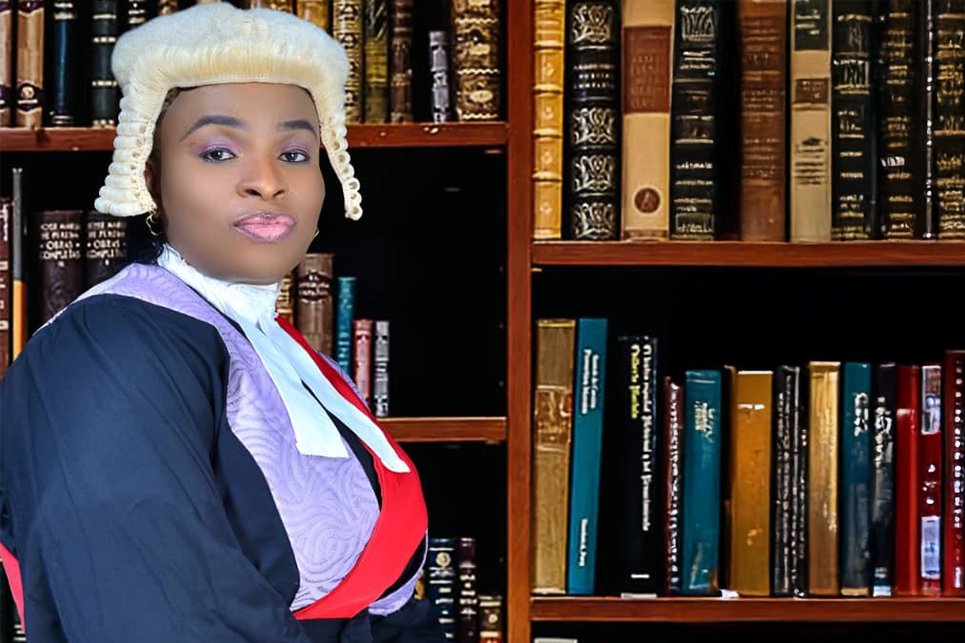The Importance of Women in the Judiciary to Integrate the Gender Perspective and Bring Equal Visibility
Ayesha Malik is a Justice of the Supreme Court of Pakistan. Previously, she served as a Justice of the Lahore High Court as well as a Board Member of the Punjab Judicial Academy. She was also the Chairperson for the Judicial Officers Female Supervisory Committee of Pakistan.
______________________________
Historically, the legal profession was not considered suitable for women. As time progressed, so did women and today women enter this profession of choice. However, there are still not enough women in the judiciary and certainly not enough women in the superior judiciary. This paradigm must change. In the process of administration of justice and writing judgments, judges have an important role, as judicial decisions have a wide and deep impact on social constructs, social order and systematic inequalities that prevail in the system.
When judges interpret and implement the law, their reasons and opinions are a reflection of their thought process, an insight into their perceptions. These perceptions in the very least must be representative of both men and women on the bench so as to ensure a fair and adequate response through judicial decisions. It is important to note that including women in the judiciary is not simply about ensuring that her perception is relevant to resolving cases about women. It is much more than that. It is about integrating the gender perspective and giving equal visibility to women.
Integration and visibility are important to help build the narrative which includes the gender perspective. Women in the judiciary bring with them the gender perspective. A different approach, a different thinking process, a different set of emphasis. All judges - male or female - decide cases as per the law in an effort to uphold the rule of law. In doing so, they may reach the same conclusion on a given set of facts, but for different reasons with different emphasis on the relevant facts. This is because they are influenced by their own life experiences, environment, and circumstances. This makes the gender perspective relevant because women judges bring a different set of experiences and influences which then shape their thinking and is reflected in their reasoning in the judgments. Bringing different perspectives and diverse reasoning on the bench creates greater public trust and confidence because it is more reflective of the composition of society. It integrates varied social contexts and experiences that need to be included, recognized and, most importantly, valued.
Another aspect of building on the gender perspective for inclusivity and visibility is the use of a gender-neutral language, which is a language that is particularly conscious of gendered words and roles and of the depiction of women. The choice of words, or a lack thereof, is integral not just in everyday language, but especially in judgments as language can perpetuate a bias. For example, the constant use of the pronoun he can perpetuate the belief around the dominant role of men. Implicit or unconscious gender bias is generally hidden in language and possibly, without any realization, is entrenched in the system by relying on the same assumptions and presumptions, particularly those concerning women. However, while language can perpetuate these stereotypes, it can be equally impactful in bringing about positive and much needed change, systematic and timely. This is because language impacts the thought process of people and can be the catalyst of change.
Therefore, gender-neutral language is necessary for inclusiveness and for increasing sensitivity. It is also needed because it can positively reinforce a more inclusive and respectful narrative of women and change the imbalance. Ultimately, language is a tool for communicating different perspectives, which makes way for a more balanced thinking and more inclusive reasoning. All this is possible when women are well represented on the bench.


